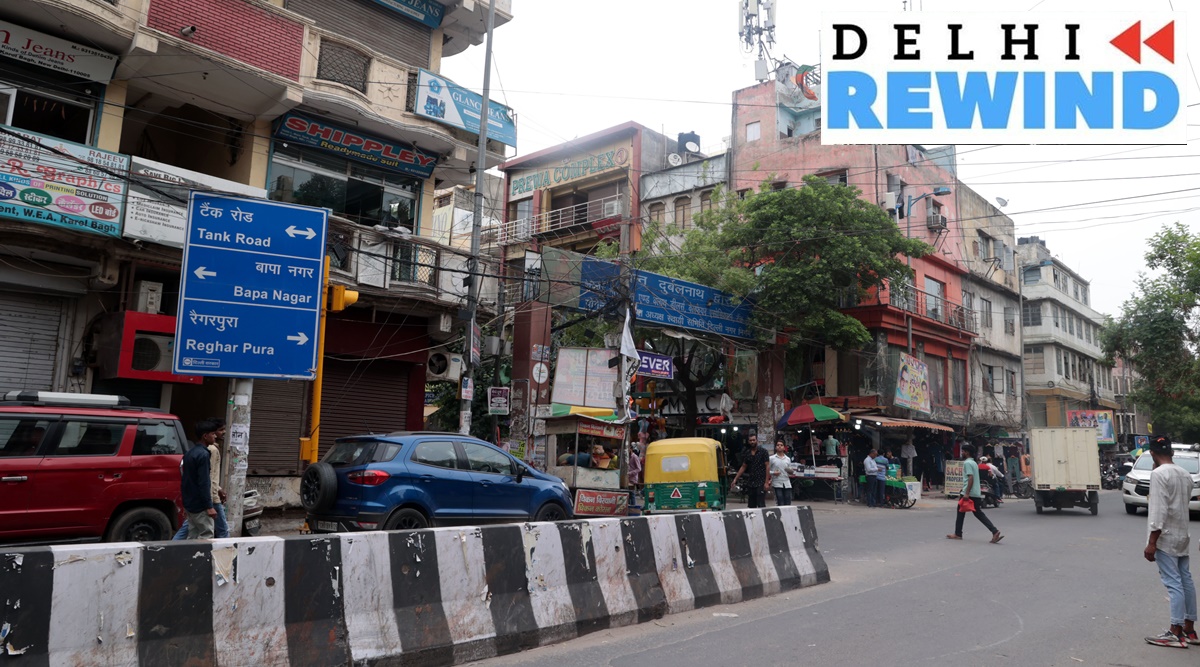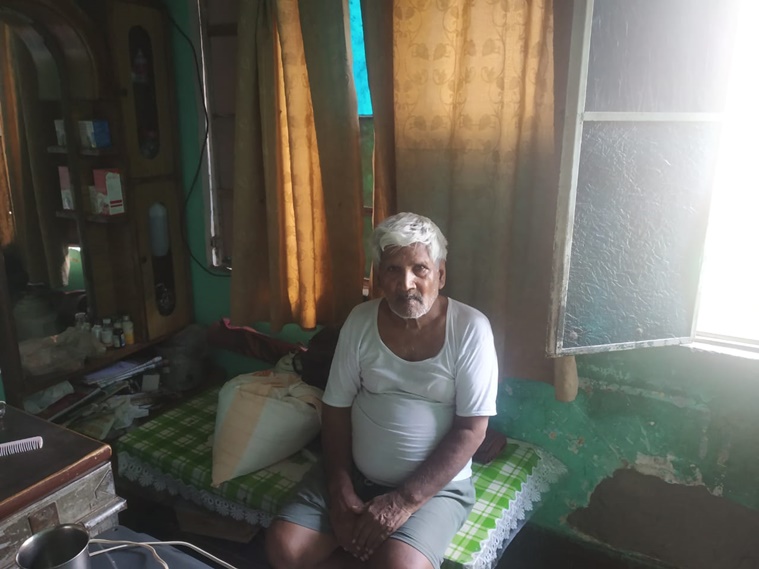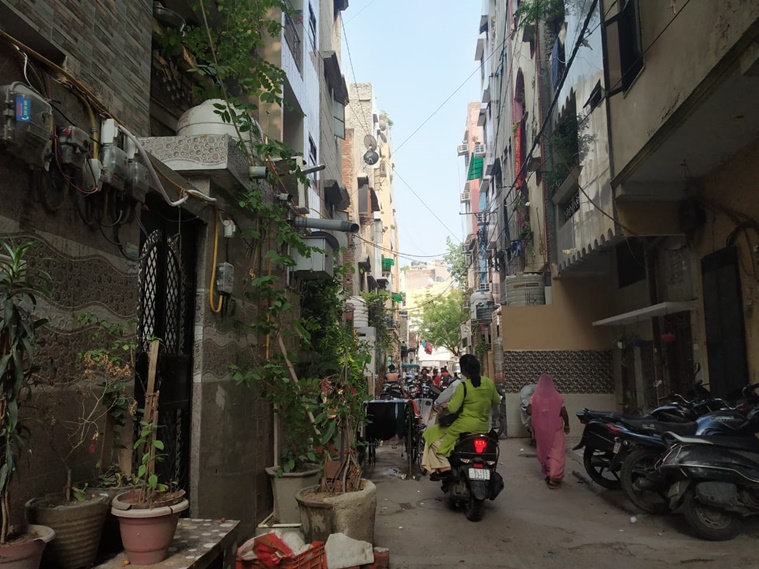indianexpress.com
The neighbourhood adjacent to Karol Bagh is dominated by the Regar community, a leather tanning caste group who trace their origins to Rajasthan and have stories to narrate of how their forefathers were employed by the British to build New Delhi.

Regar Pura, Karol Bagh in Delhi on Saturday. (Express Photo By Amit Mehra)
Till the 1970s-80s, the packed lanes of Regharpura in West Delhi were lined with leather factories. The neighbourhood adjacent to Karol Bagh is dominated by the Regar community, a leather tanning caste group who trace their origins to Rajasthan and have stories to narrate of how their forefathers were employed by the British to build New Delhi. Today, the leather industry has been replaced by retail shops. Also invisible is the untold story of caste-based resettlement of refugees that took place here following the Partition.
Hari Singh (83), who belongs to the Jatav community and lives in a tiny 12×30 feet one-room flat, has faint recollections of the chaotic days following the Partition. He recalls the many camps that had come up around his neighbourhood and how details of refugees were noted down. “Those from the lower castes were allotted houses in this area,” he said. Pointing to the row of quarters on his opposite site, he noted, “All refugees from the Valmiki community were settled here, for instance.”
Echoes from 1947 can be heard in almost every nook and corner of Delhi. Large parts of the city such as Lajpat Nagar, Malviya Nagar, Karol Bagh and Rajinder Nagar came up with the specific purpose of resettling Partition refugees.
Historian Ravinder Kaur, who authored the book, Since 1947: Partition Narratives among Punjabi migrants of Delhi (2007), said she conducted a large-scale survey of different resettlement colonies in Delhi in the early 2000s and realised that almost everyone was upper caste there.
Worth noting is the fact that Regharpura was first settled by the British colonial government in the early decades of the 20th Century when they required people to build the new capital. Many who were recruited were from the Scheduled Castes, and by the 1940s, settled in the visibly poor colony. After the Partition, lower caste refugees from Pakistan were resettled in this same locality, where fresh mud huts were built for them. Later, the government constructed concrete sheds for the refugees.

“Compensation means that you will be returned something that you owned before. But what if you did not have anything to begin with?” she asked. “This is why you find huge distinctions between people who got very large plots in Nizamuddin, those who got smaller plots in Rajinder Nagar and Tilak Nagar and then those who were compensated as part of the ‘Harijan upliftment project’ in Regharpura. The bureaucratic principle of compensation led to some sort of recreation of the past order.”
The caste-based distinction in resettlement of Partition refugees comes alive in conversations with residents of Regharpura. Jayprakash Ratawal (75) from the Regar community said that after the Partition, several people from his caste moved to the city from the other side of the border. “But none were given the kind of accommodation that the Punjabis got in places like Karol Bagh,” he said. “Our people were mostly poor and illiterate. Perhaps they did not know how to go about the bureaucracy.”

Bharteshwari (52), who belongs to the Valmiki community and is a resident at Regharpura, explained: “At least the government did enough for us so that we could survive after fleeing so much violence.” Her parents, who passed away a few years ago, had moved to Delhi from Sindh during the Partition.
“If you are not used to getting the public goods or a share in the resources, and then you do get something, even though it is very minor, there is bound to be a sense of gratitude,” said Kaur.

Written by Adrija Roychowdhury | New Delhi |